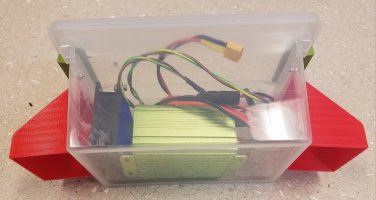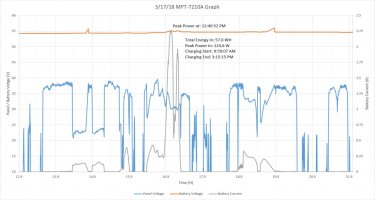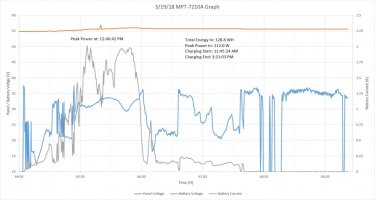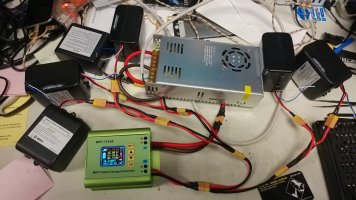daromer
Moderator
- Joined
- Oct 8, 2016
- Messages
- 5,665
ALL chargers that are cheap you need to connect battery first. Thats a common rule. I have tried the other way around and killed many devices 
and YES if you have a BMS that disconnects you can in worst case kill the charger! I know that because i have had that happen. The newer controllers today are better in that sense since they had to adapt them to Lithium that have BMS.
and YES if you have a BMS that disconnects you can in worst case kill the charger! I know that because i have had that happen. The newer controllers today are better in that sense since they had to adapt them to Lithium that have BMS.













